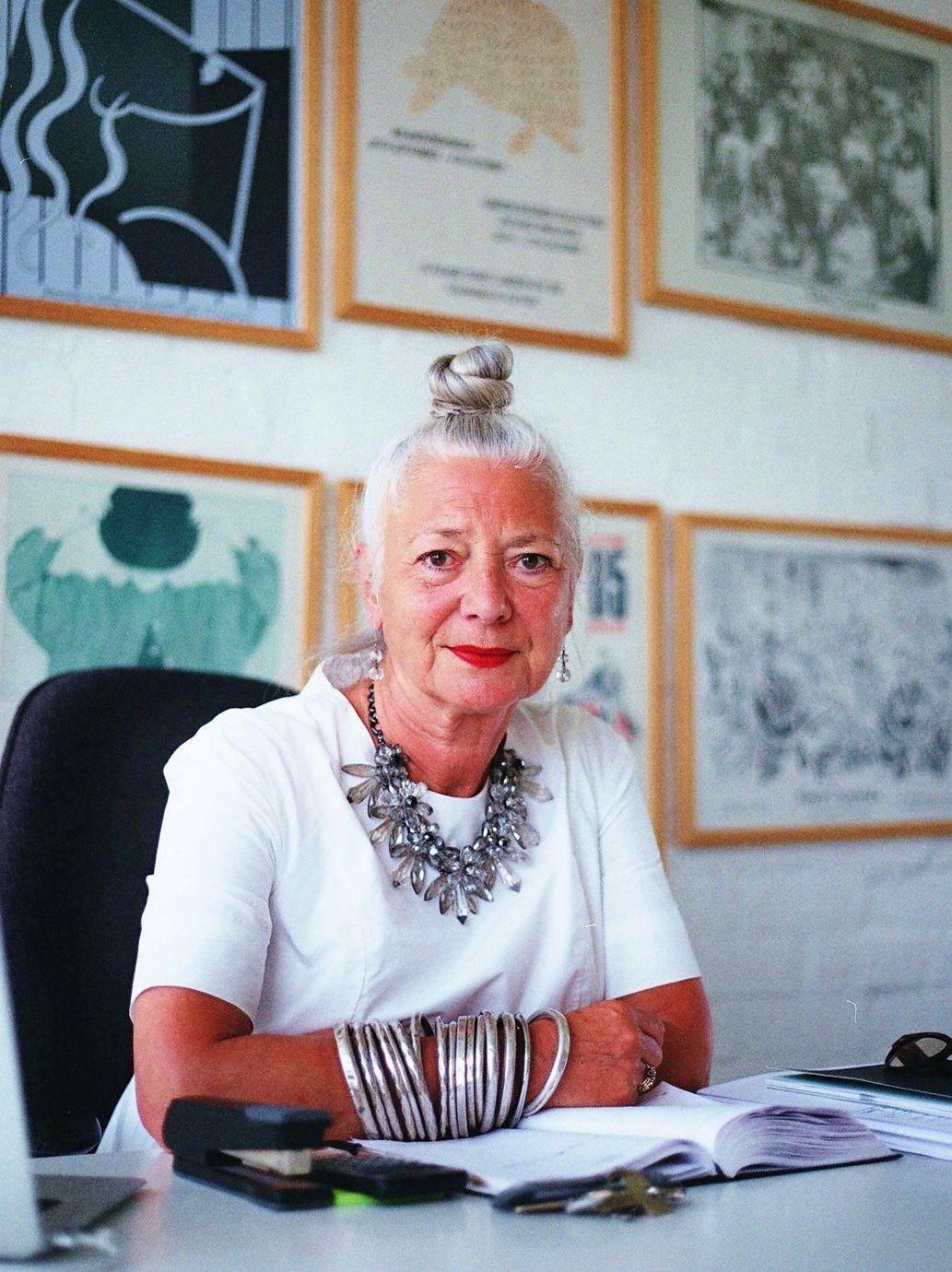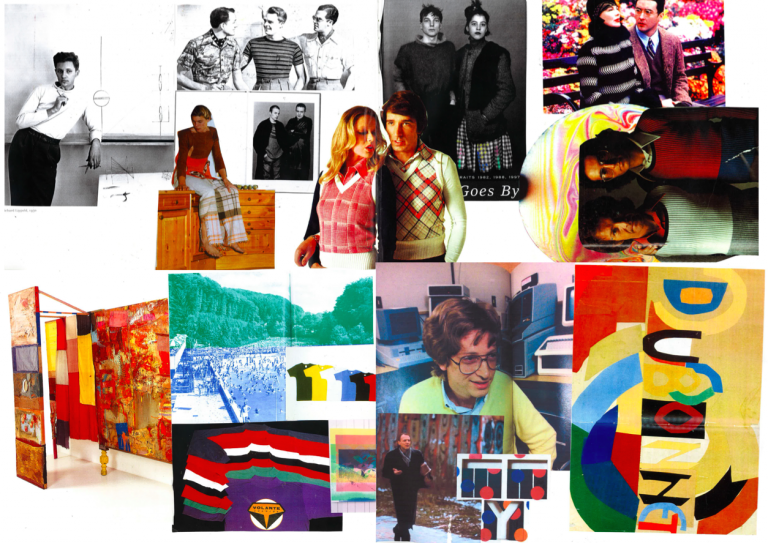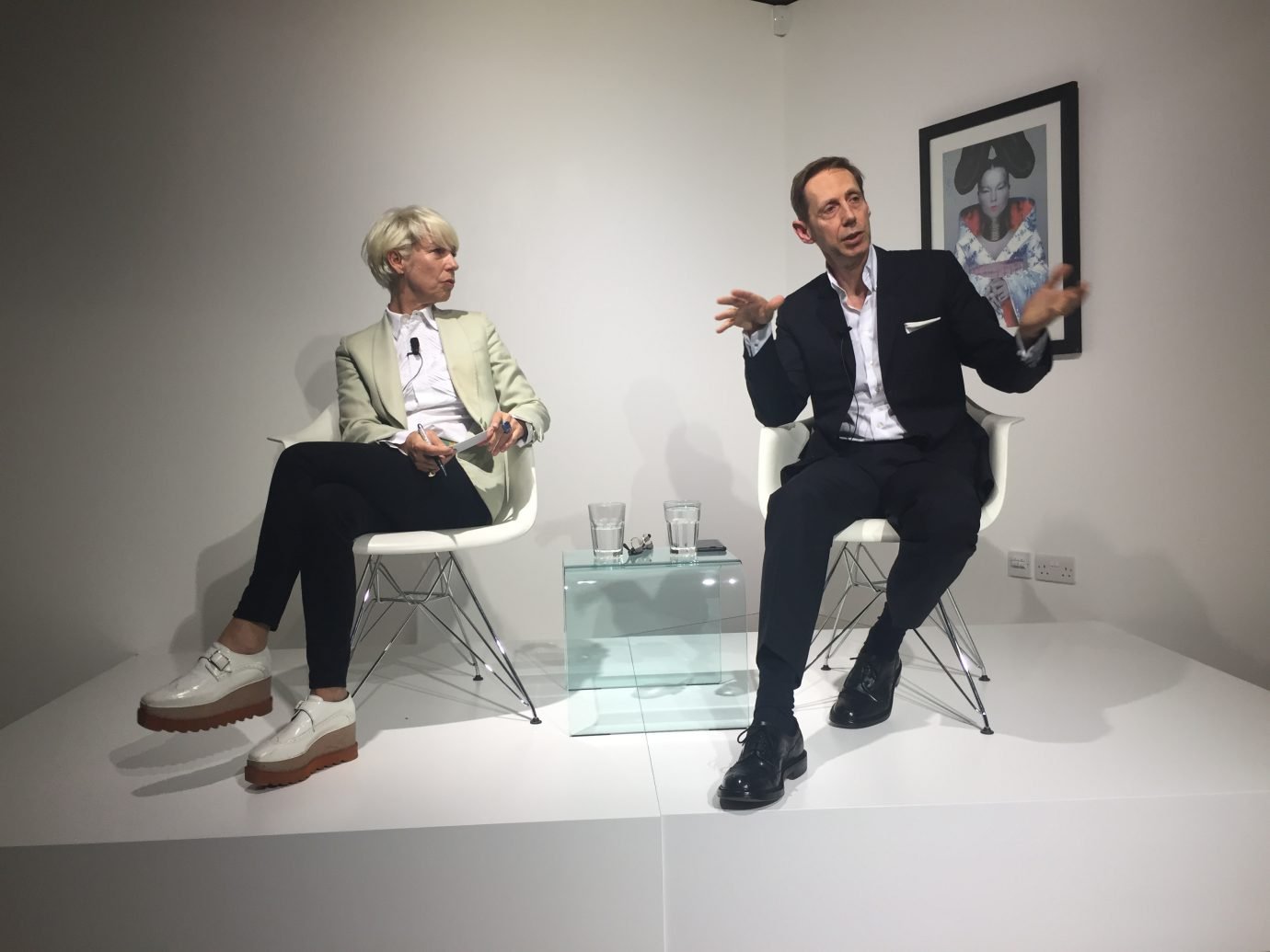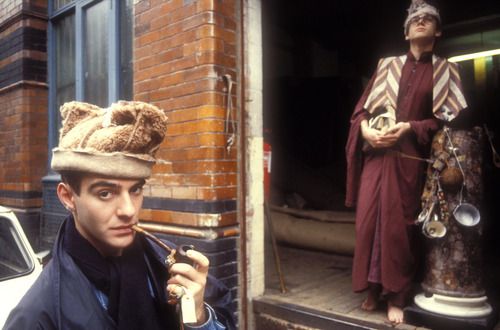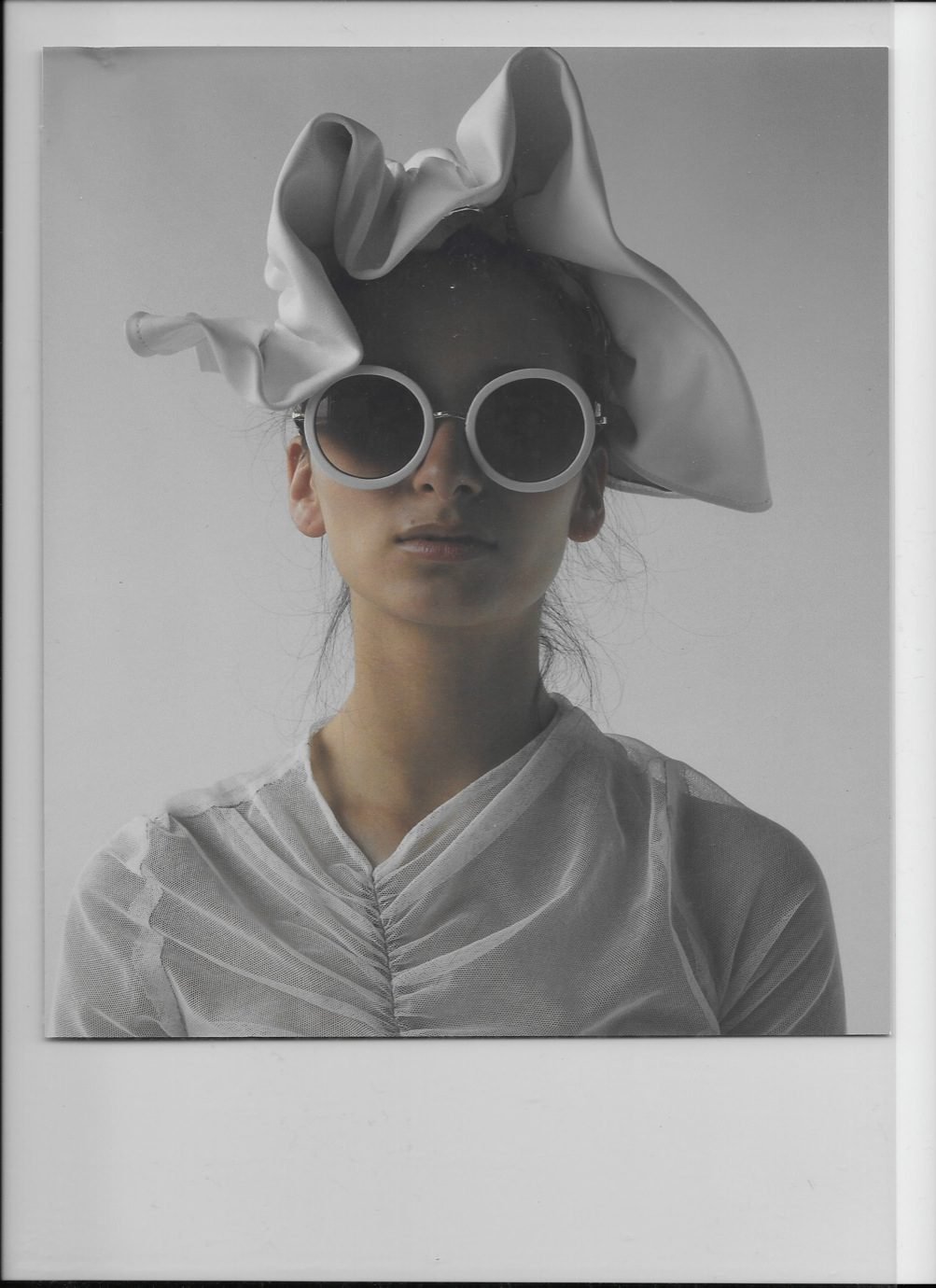Calling somebody a ‘genius’ may come with repercussions. A phrase uttered early on was: “Here’s someone who is touched with genius.” But what actually makes somebody a genius or, rather, at what point do we endow somebody with this status? John Galliano was undeniably singular in his vision at Dior which, paired with an unrelenting work ethic, separated him from his peers. His graduate collection was highly praised as well as his subsequent collections. The problem lies here: the idea of ‘genius’ propels designers to a status that they are likely not prepared for. What does it do to a creative, most of whom have deep vulnerability and are sensitive to their surroundings? We don’t have the answer. But we recognize how media hype can contribute to interpersonal issues later down the road; not just in fashion but in any artistic field.
What we think of as ‘genius’ is often a collaborative effort. Galliano could hardly have created his high-level collections with such consistency and success had it not been for his close collaboration with right-hand-man Steven Robinson. In the documentary it becomes clear how instrumental Steven was in leading the teams and ensuring the work was executed, while being a steady shoulder for Galliano to lean on during tough times. Similarly, it becomes clear that Amanda Harlech pushed Galliano to do bias cut dresses for his early collections, for which he eventually became known.
From his early eponymous collections on, Galliano deeply crashed after each collection, which in his case led to alcohol dependency. The creative cycle is a rollercoaster of emotion fuelled by deadlines and constant stress about finances and viability. It’s clear that at the time of Galliano’s early career there was a lack of support to avoid the deep lows, but has the industry evolved much since then? With constant demands, there seems to be little respite for designers, even though we’ve now arrived in the age of ‘wellness’. A central question that came to mind was: how can we create a more holistic way of doing work, where we don’t crash and continually have to pick ourselves up?
“Creatively exciting, financially unstable” is an enduring fashion motto. This is how Galliano’s early work was described, but it seems to still ring true for every single emerging designer out there. Whether or not you are on the roster of a support platform, making a living in a healthy way appears to be one of those unicorn illusions.
Designers are often shy creatures. John Galliano certainly was – not that we would imagine that, but hey, alcohol helps. Being pushed into the limelight has become the norm for creative directors today. The documentary revealed how Galliano needed to give press interviews right after the shows (even when his father passed away a day prior), and entertain clients and press during dinners and events on a consistent basis. Alcohol or other intoxicants can help with easier connection for shy or socially awkward people, but therein lies the danger of dependency if you have to keep it up. It feels problematic that as an industry today we expect designers to be charismatic, as if you cannot be a successful designer unless you’re also the face, the spokesperson, the influencer.




